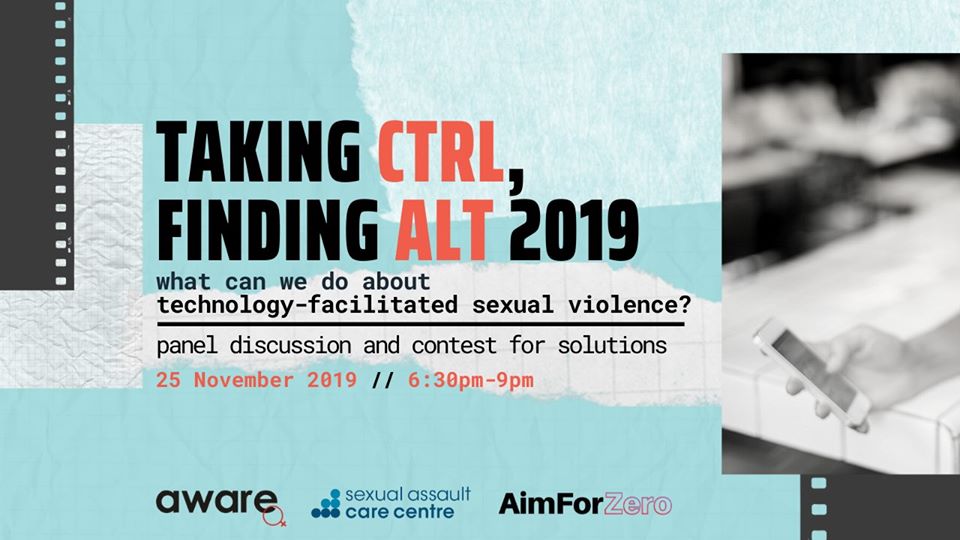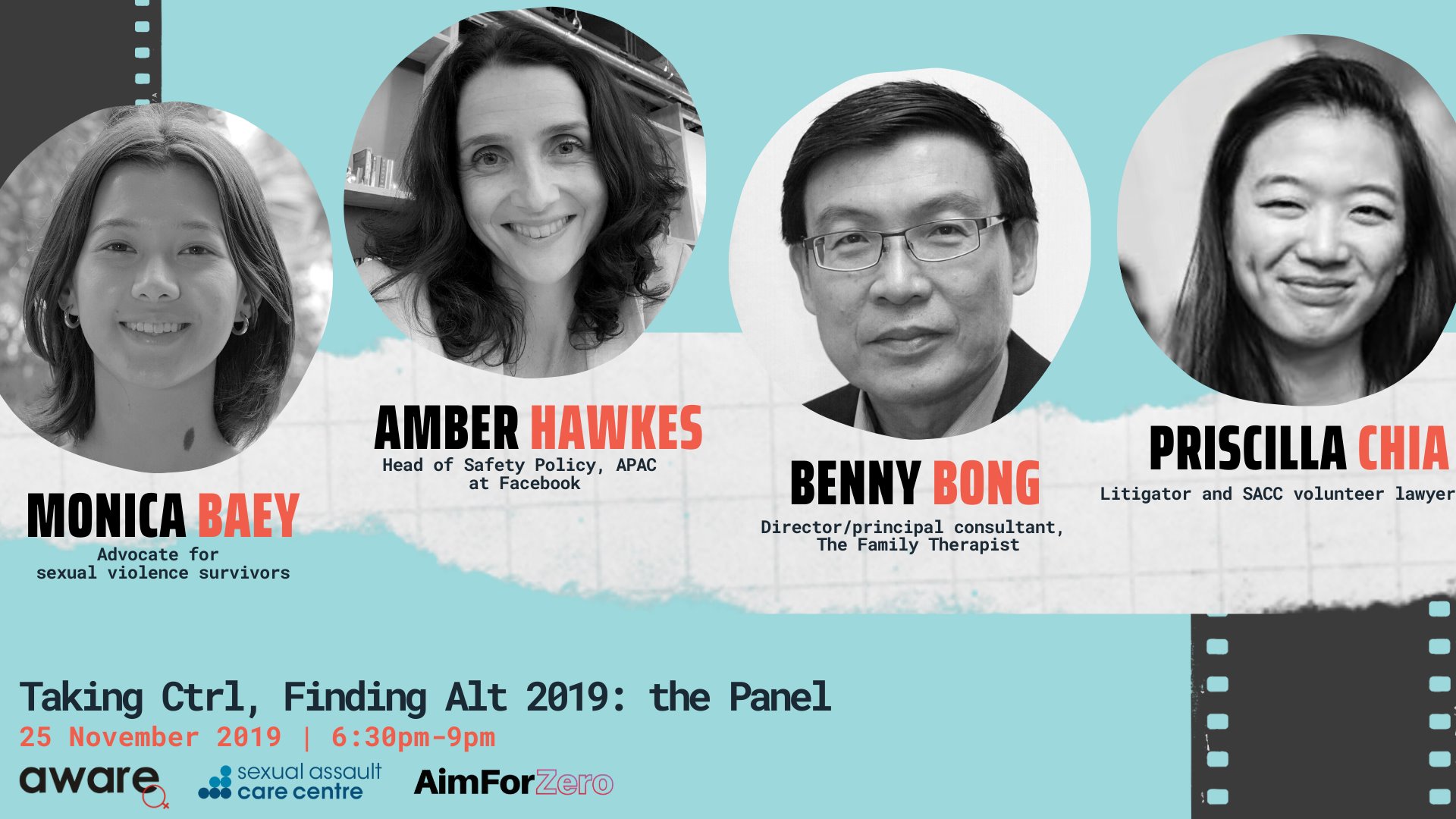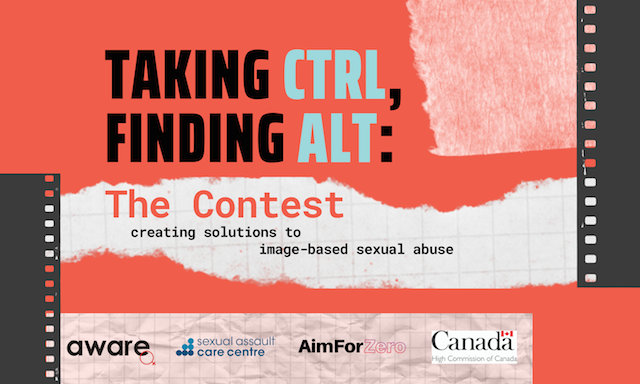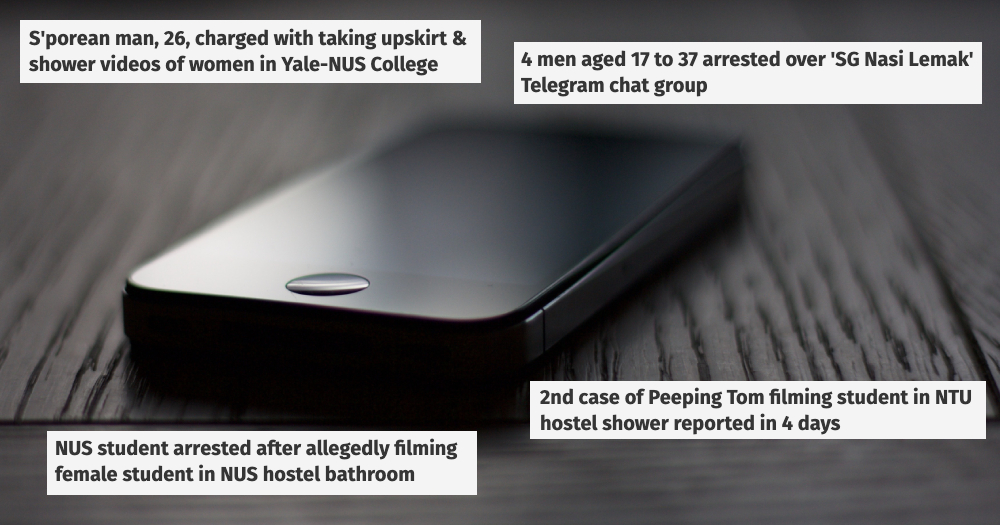Cases of technology-facilitated sexual violence reported to the Sexual Assault Care Centre (SACC) have almost tripled in the past three years, according to a women’s rights group AWARE.
Out of 338 total cases of sexual violence in 2016, 46 of them were technology-facilitated. 99 out of 515 total cases in 2017 were technology-facilitated, and the number of cases rose even higher to 124 out of 808 total cases in 2018.
As a percentage of all reported cases of sexual violence though, technology-facilitated violence fell from 19 per cent in 2017 to 15 per cent in 2018.
Technology-facilitated sexual violence refers to actions enabled by digital communications technology, such as social media and messaging platforms, digital cameras and dating apps.
This violence includes actions such as unwanted and explicit sexual messages and calls, or image-based sexual abuse (IBSA), such as the spreading of “nudes” and taking upskirt videos.
“Taking Ctrl, Finding Alt 2019”
Head of SACC Anisha Joseph presented these statistics to approximately 150 attendees at the AWARE event “Taking Ctrl, Finding Alt 2019," which took place on the evening of Monday, Nov. 25.
 Image via AWARE website
Image via AWARE website
The event, which was held at the Lifelong Learning Institute in Paya Lebar, marked both the International Day for the Elimination of Violence Against Women, and the one-year anniversary of AWARE’s Aim For Zero campaign against sexual violence.
In addition to the above information, Joseph also shared the following statistics:
- Image-based sexual abuse cases reported to SACC have doubled in the past three years, going from 30 in 2016 to 64 in 2018.
- Almost half of the image-based sexual abuse cases seen from 2016-2018 were committed by an intimate partner.
- Close to 40 per cent of cases of unwanted or sexually explicit communication were perpetrated by someone in the workplace.
- One in two image-based sexual abuse cases were reported to the police, as compared to only 30% of overall cases seen by SACC being reported to authorities.
Joseph also touched on the increased awareness and discussion about technology-facilitated sexual violence in the past year:
“The conversation and media coverage on sexual violence in Singapore this year has largely been dominated by technology-facilitated sexual violence, from numerous incidents taking place on university campuses, to Telegram groups created for the dissemination of explicit images. We believe that public awareness of this issue—and public urgency to curb it—has never been higher.”
She added that technology itself is not the villain, but rather a medium for already-present issues to take place:
“It is not the cause of sexual violence, but a medium through which violence is facilitated by perpetrators—we see it ‘folded into’ pre-existing practices of violence, harm and harassment. New factors—such as the widespread availability of recording technology, and our 24/7 channels of communication—make these actions all the more pervasive and damaging today.”
Panel discussion
The event included a panel discussion on the psychological and practical impact of tech-facilitated sexual violence on survivors.
In addition, the panel highlighted resources available to survivors of sexual violence under the Penal Code and Protection From Harassment Act.
The panel was comprised of the following speakers:
- Monica Baey, an NUS student whose Instagram Stories about her experience of being filmed by fellow student Nicholas Lim at Eusoff Hall in November 2018 went viral earlier this year.
- Amber Hawkes, the Head of Safety Police at Facebook Asia-Pacific.
- Benny Bong, a counsellor and current president of the non-profit Society Against Family Violence.
- Priscilla Chia, a volunteer lawyer with SACC.
 Image via AWARE Facebook page
Image via AWARE Facebook page
Hawkes spoke about Facebook’s policies for user safety and walked attendees through the process of reporting a violation to Facebook.
“At Facebook, we take a comprehensive approach to making our platform a safer place for women, including writing clear policies and developing cutting-edge technology to prevent the spread of non-consensually shared intimate images and to protect women from harassment. We’re also committed to partnering with women’s rights groups, online safety organisations and experts around the world to get feedback on ways we can ensure that we’re a platform where people feel safe.”
However, all of the panelists agreed that there are limitations to survivors’ abilities to contain the spread of images once they are uploaded. They also recognised the difficulty of holding perpetrators of such crimes accountable on online platforms.
Contest
In conjunction with the High Commission of Canada, AWARE launched “Taking Ctrl, Finding Alt: The Contest.” The contest calls for members of the public to submit ideas for projects to combat image-based sexual abuse.
 Image via AWARE website
Image via AWARE website
Proposals for the contest will be accepted via AWARE’s website until Feb. 7, 2020.
Winning projects will receive up to S$6,000 to help them put the projects into action, as well as mentorship throughout a six-month pilot phase in 2020.
Top image by Nicolas Thomas on Unsplash and screen captures from Mothership articles
If you like what you read, follow us on Facebook, Instagram, Twitter and Telegram to get the latest updates.
